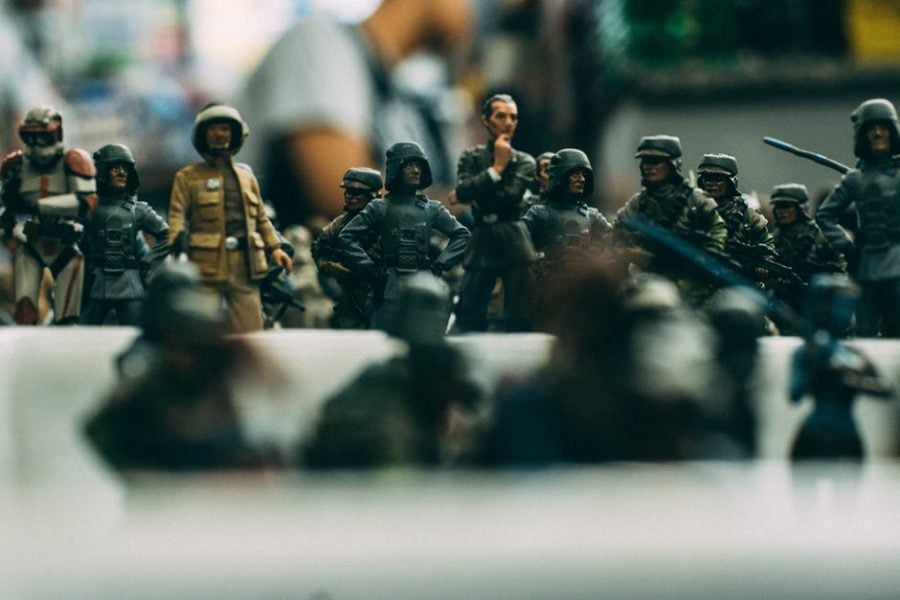Consider alternatives to GPD
On Feb. 28, a black, trans student was assaulted by an unknown assailant. In the early hours of March 1, Public Safety sent out an alert that misgendered the student, trivialized the assault and was, ultimately, too little too late.
Soon after that, President Jane Fernandes sent out multiple emails, including one stating that there would be increased police presence on campus.
“Ongoing support for the victim, as well as the safety of the entire campus community remains my top priority,” said Fernandes in an email to the community the day after the assault. “With that in mind, we have asked the Greensboro Police Department to increase its patrols around our campus, particularly in the areas near the report of the sexual assault last night.”
The problem: increased police presence is not what students are asking for.
“Stronger police presence on our campus shows that our administration is not listening to what our students’ needs and fears are,” said junior Emma Ross in an email interview. “The promises coming from voices of power are directly contradicting their actions. We are protecting those that are already protected and putting people who are already at risk at more of a risk.”
One of the reasons many students disagree with the decision to increase police presence is the history of police brutality between the police and communities of color. According to an article by Mother Jones, 58 percent of people who died for reasons related to arrests between 2003 and 2009 were black. 30 percent were Latinx.
“Given that, in the past and (in) present years, several people of color have been murdered by police, it doesn’t make any marginalized student on this campus feel safe,” said junior Lesly Vasquez in an email interview.
In Greensboro, there are two ongoing allegations of police brutality against the GPD, including beating up a mentally ill 15-year-old and then charging him with assault for bleeding on them.
Another reason is that Guilford is a college. P-Safe is here to enforce College rules and regulations. With police officers, there are different and much darker connotations.
Although students are willing to work to keep the campus safer, it is not a sustainable alternative to police.
“We keep us safe,” said Vasquez. “This entire campus is divided right now, and if students are the only ones that are willing to step forward to keep the community safe, then so it shall be. Even though we, as students, shouldn’t have to worry about anything but the education that we’re paying thousands of dollars for.”
Rather than bring the GPD onto campus, we want Public Safety officers to do their jobs. Rather than enlist the GPD to create further division on campus, we need to work with the system we have now.
I do not mean that I believe the system should stay the same way it is now. The way P-Safe handled the assault and the way certain officers have handled the fallout of their report has been despicable, but the P-Safe model is not entirely useless.
“I would like to see, if we’re going to continue the Public Safety model, for P-Safe to be more present,” said senior Jocelyn Foshay. “The fact that P-Safe doesn’t know all the RAs kind of concerns me. There are only 34 of us. That being said, a lot of RAs couldn’t point to someone on P-Safe and be like, ‘I know who that is.’”
Integration into the community should start early. The College led tours and held forums for vice president for academic affairs and academic dean candidates. The same should be true for potential P-Safe officers.
Along that same vein, rather than looking at firing current P-Safe officers, though it may be necessary, we should turn our attention to what hiring new staff will look like, and students will need to be involved.
Hopefully, the administration will listen to student concerns when it comes to hiring new P-Safe officers. In the meantime, refrain from bringing the GPD onto our campus.










Rita • Apr 4, 2017 at 3:02 pm
Have you considered suggesting a “ride along” model where students work with P-Safe to patrol the campus and get to know P-Safe officers as well as the problems in response on campus. It can be a volunteer effort, a community service credit, an internship opportunity for CJS majors, or work study funded. It might help augment the P-Safe staffing and eliminate the need for any GPD involvement. This is a model that has been used at other campuses for first aid and campus safety programs for many years.